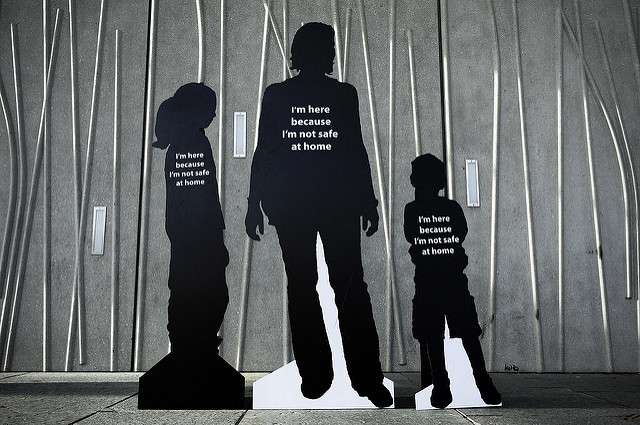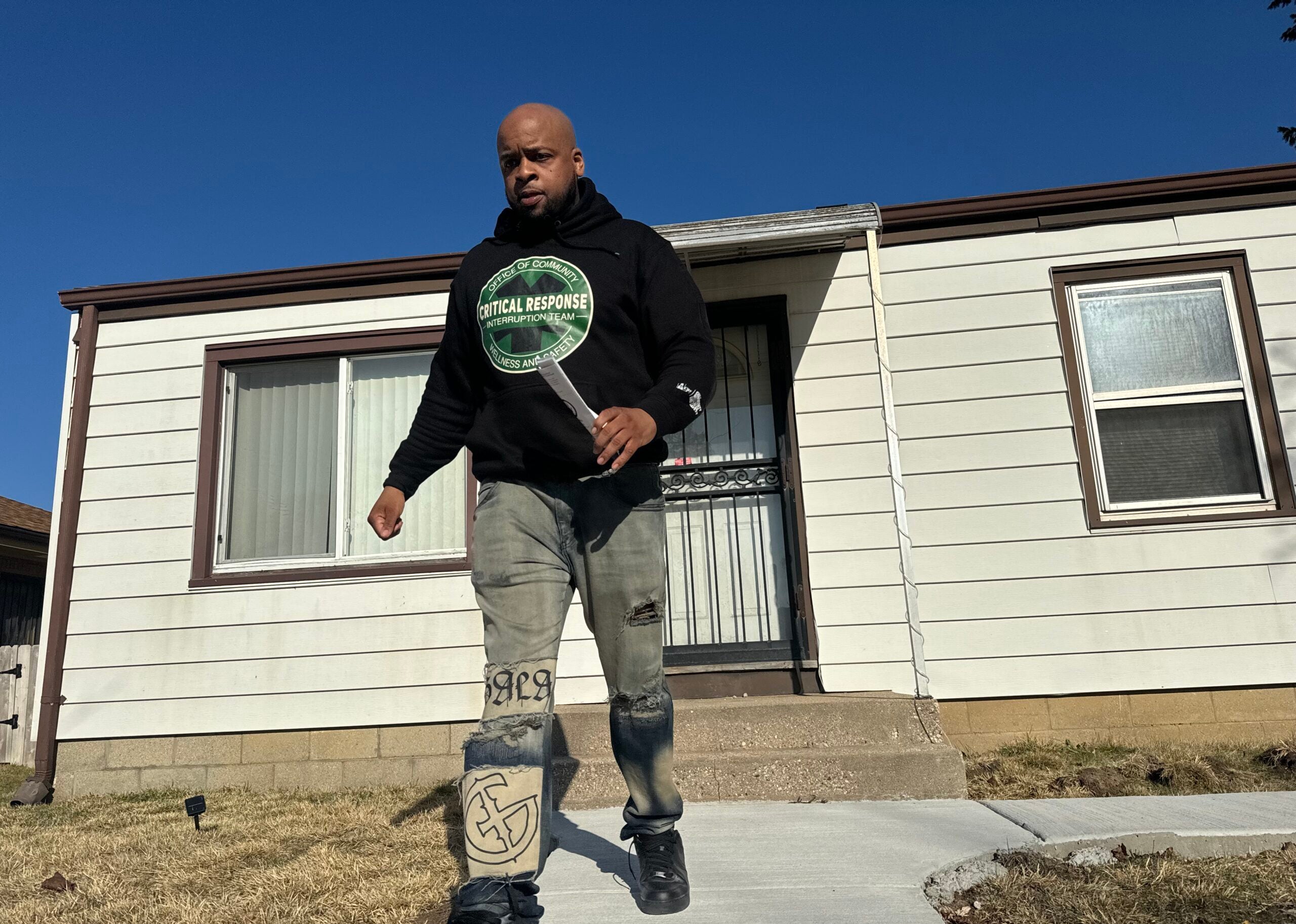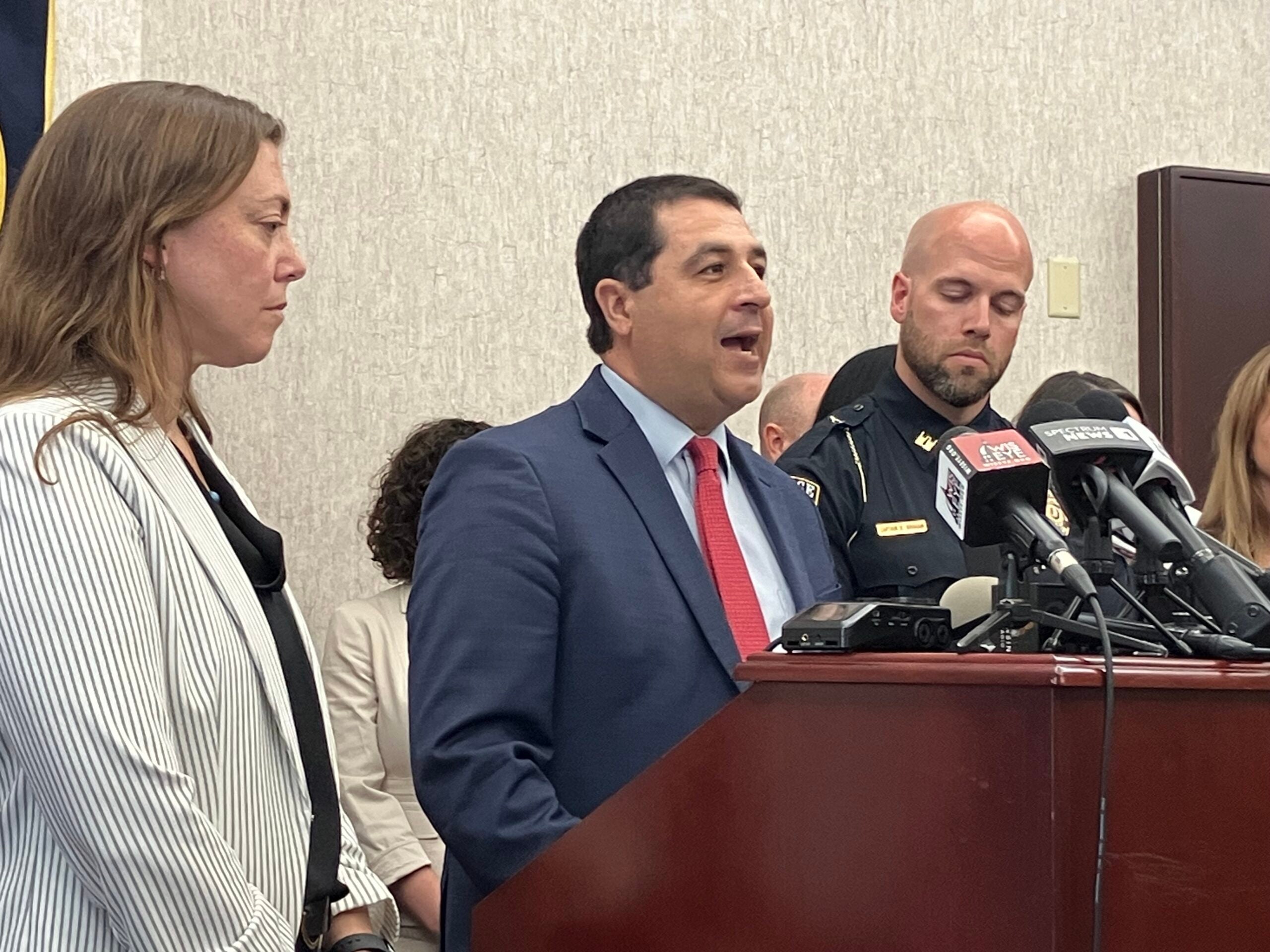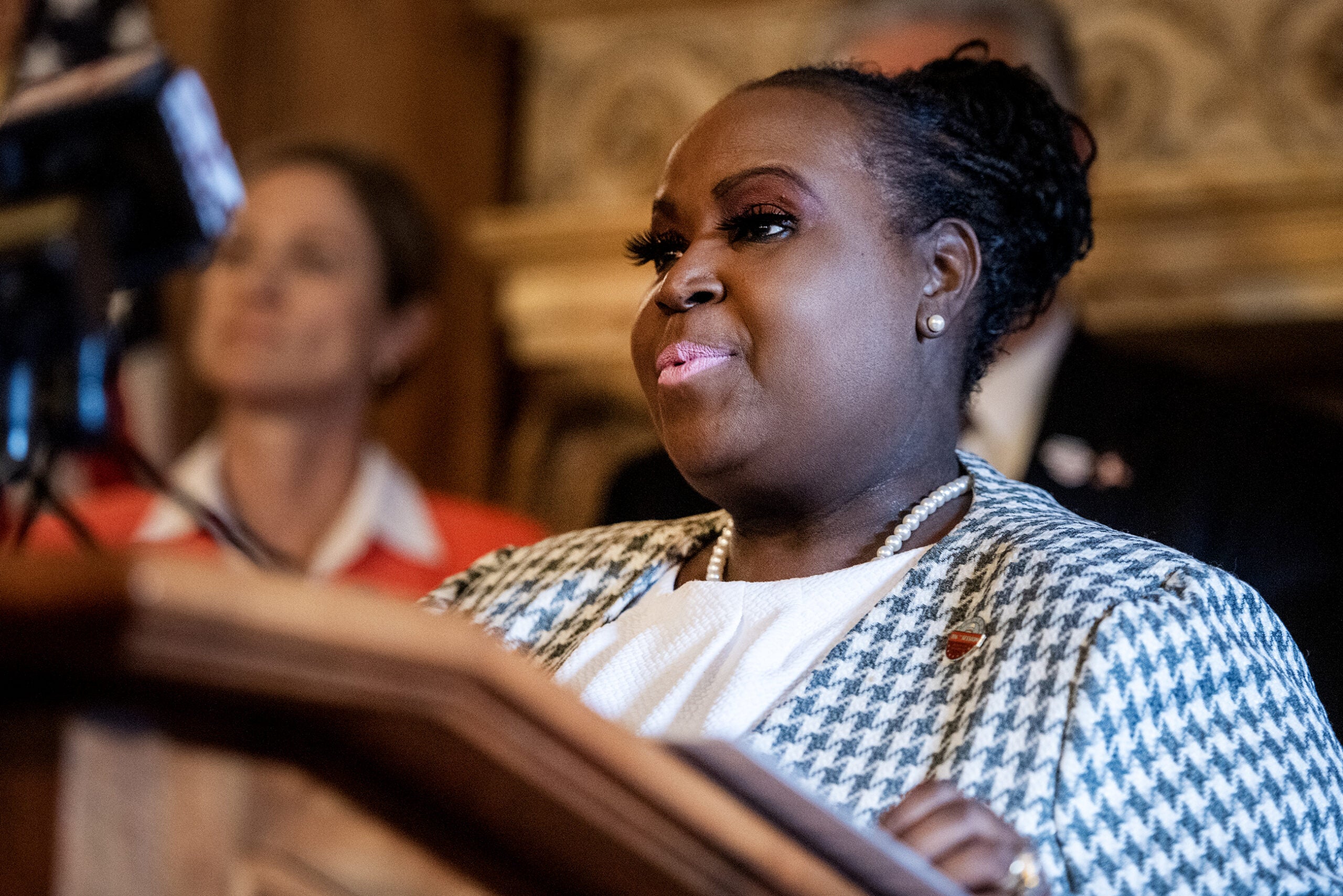Wisconsin saw the largest increase in domestic violence deaths in the last two decades in 2022, setting a new record for total number of homicides and suicides related to domestic violence incidents in the state.
That’s according to a new report from advocacy group End Domestic Abuse Wisconsin, which has tracked domestic violence deaths since 2000.
Its latest report found 96 deaths related to domestic violence in Wisconsin last year, which includes both victims and perpetrators. That’s 20 percent more than the previous year and the largest single-year increase recorded by the group.
News with a little more humanity
WPR’s “Wisconsin Today” newsletter keeps you connected to the state you love without feeling overwhelmed. No paywall. No agenda. No corporate filter.
Jenna Gormal, public policy director for End Domestic Abuse Wisconsin, said the state already has one of the worst rates of domestic violence homicides in the nation.
“We are kind of moving in the wrong direction,” she said. “This is becoming an increasing problem, and we’re only seeing things getting worse, unfortunately.”
The group recorded 68 homicide deaths of domestic violence victims across 25 counties in the state last year. Forty-nine percent of those deaths occurred in rural areas, making up a much larger percent of the total deaths than in previous years.
Gormal said rural areas often have a lack of resources and support services for victims.
“There’s a huge shortage of housing and related types of assistance,” she said. “The wait to get into safe housing can exceed 18 months in some areas, and that’s really daunting for survivors who are living in a shelter, for example.”
She said domestic violence survivors also need access to transportation, health care and help with language barriers. And she fears a major decline in federal grant funding this fall will make these services even harder to access for rural communities.
Reduced federal funding could lead to ‘bleak’ outlook, advocates say
In the past, Gormal said the state Department of Justice has distributed around $44 million annually from the federal Victims of Crimes Act, or VOCA, to support victim services programs across the state. She said that funding is expected to be reduced to around $13 million in the next fiscal year.
Shannon Barry is executive director of Domestic Abuse Intervention Services, or DAIS, an organization providing victim support services and shelter in Dane County. She said the cut in funding will also affect district attorneys’ offices and county human services programs for issues like elder abuse.
“It’s going to have a huge impact across the state in terms of all crime victims, and I don’t know that people kind of realized yet what that repercussion is going to be,” Barry said. “For some of the smaller programs in more rural areas of the state, that VOCA investment equates to half or more of their total revenue. So it’s looking extremely bleak.”
Barry said DAIS saw a decline in calls for assistance in 2020, when stay-at-home orders forced many victims to shelter at home with their abuser. Now, she said numbers have exceeded pre-pandemic levels as families deal with an increase in alcohol use and economic stress, factors she said can worsen abuse at home.
“The folks who are coming forward today are really sharing a lot more information with us about more severe violence than what we’ve heard from them in the past,” Barry said. “So more folks who are dealing with lethality risk factors such as strangulation or access to a weapon in the home, or sexual assault. These can all be risk factors or red flags for a potentially lethal situation.”
She said the highest demand for services they see is for their legal advocacy program, which can assist abuse survivors in the process to file a restraining order.
Guns were a factor in many of last year’s deaths
Firearms were used in more domestic violence deaths in 2022 than in previous years, according to the End Domestic Abuse Wisconsin report. Guns were used in more than 88 percent of deaths last year, a 21 percentage point increase from 2021.
Gormal said she believes a lack of gun protection policies, including a 48-hour waiting period for firearm purchases, has contributed to the increasing percent of deaths.
She also pointed to a Wisconsin Supreme Court decision from last May that found people convicted of misdemeanor disorderly conduct can obtain concealed carry gun permits, even if the incident they were convicted for involved domestic violence. This ruling changed the way the state Department of Justice interpreted state and federal laws that ban people who have been convicted of a “misdemeanor crime of domestic violence” from possessing a gun.
“You pair that with this statistic that the presence of a firearm increases the likelihood of homicide by 500 percent that’s a really dangerous combination,” Gormal said.
But Wisconsin Carry president Nik Clark, whose advocacy group brought the lawsuit that led to the state Supreme Court case last year, said he doesn’t believe the decision could have had an impact on the data for 2022. Clark pointed out the ruling wasn’t issued until late May of last year, and it took time for people to hear about the decision and apply for a concealed carry permit. He said the timeline makes it unlikely anyone affected by the ruling was able to access a concealed carry permit for much of last year.
Clark said the ruling also didn’t change the fact that people who have been convicted of domestic violence are unable to legally obtain a firearm.
“This notion that this case opened up all these domestic abusers to being able to own guns is simply false,” he said.
Clark said he believes gun ownership could help protect victims of domestic violence and prevent homicides in the state. His organization has advocated for allowing people who are awarded a restraining order to be able to get a temporary concealed carry permit.
Barry said she believes courts could help reduce homicide numbers by more carefully following the requirements that already exist for respondents of restraining orders related to domestic abuse to surrender their guns.
DAIS produces an annual Court Watch report that monitors how courts are handling restraining order procedures. She said the organization has found inconsistent discussions about the mandatory firearm surrenders and are advocating for judges to do more to ensure the requirements are enforced.
“It is such a simple thing that can really have a huge impact in saving people’s lives,” Barry said.
Wisconsin saw 18 cases of domestic violence perpetrators dying by suicide after committing a homicide, a 63 percent increase from last year and 125 percent increase from 2020. The group also recorded three perpetrators dying by suicide during law enforcement response.
Gormal said the statistic points to the fact that people committing domestic violence or abuse also need help, a factor that’s often overlooked by efforts to address the issue. She said increasing assistance for perpetrators of violence could be a part of preventing more serious violence from occurring.
Just under 89 percent of perpetrators in domestic violence homicide incidents last year were male, while 69 percent of homicide victims were female.
People experiencing domestic violence should call the National Domestic Violence Hotline at 1-800-799-SAFE(7233) or contact a local victim service provider.
Wisconsin Public Radio, © Copyright 2026, Board of Regents of the University of Wisconsin System and Wisconsin Educational Communications Board.




